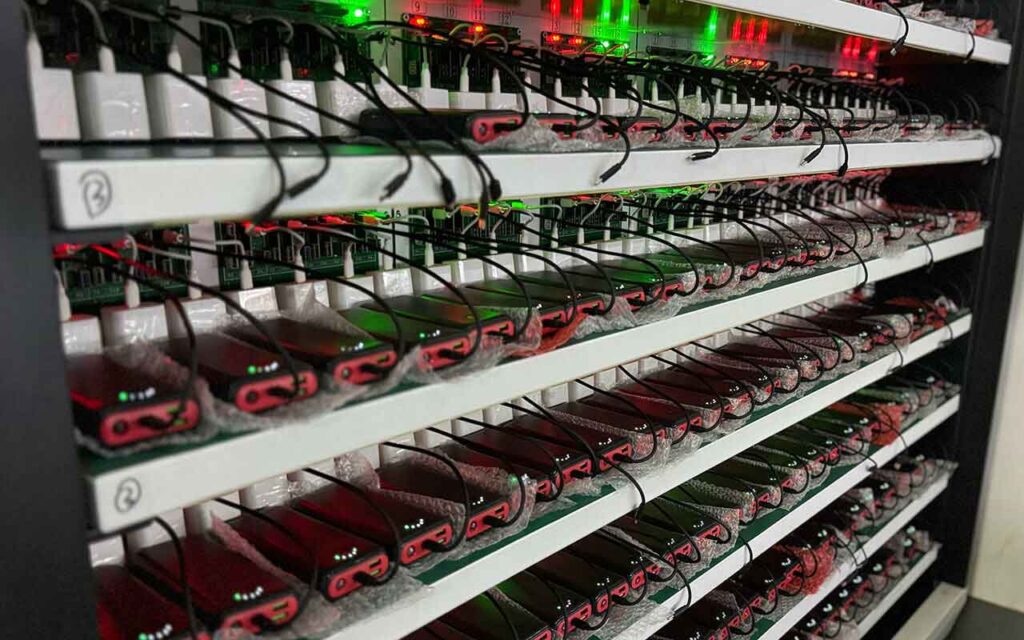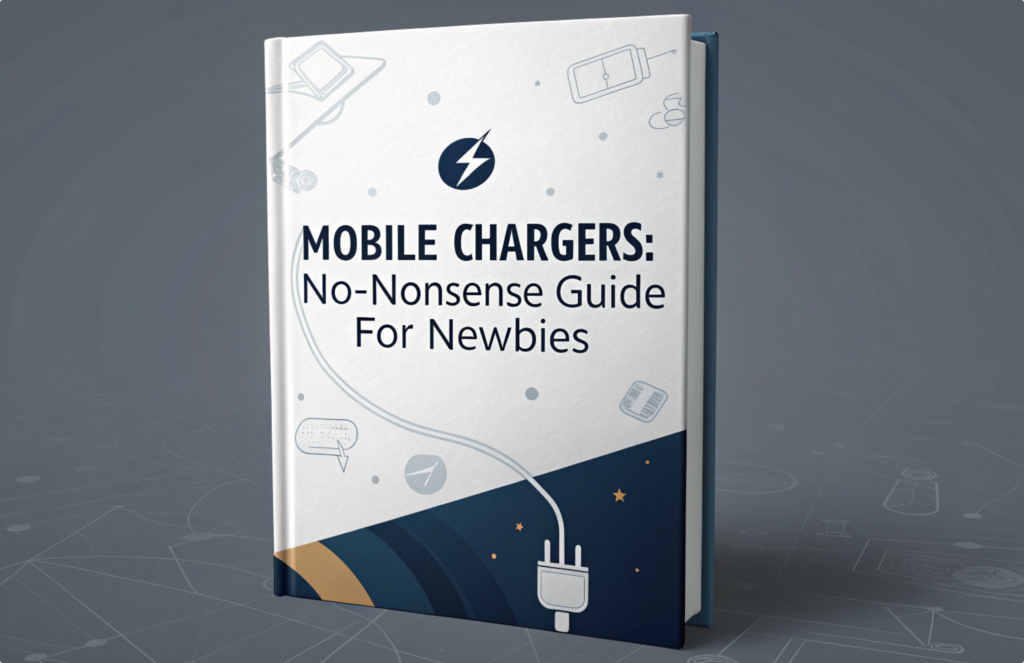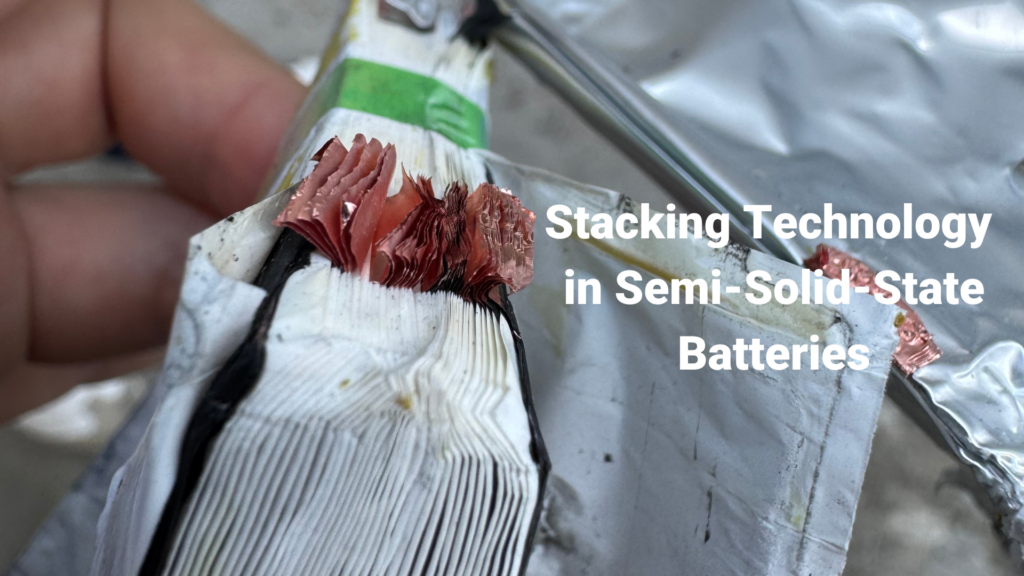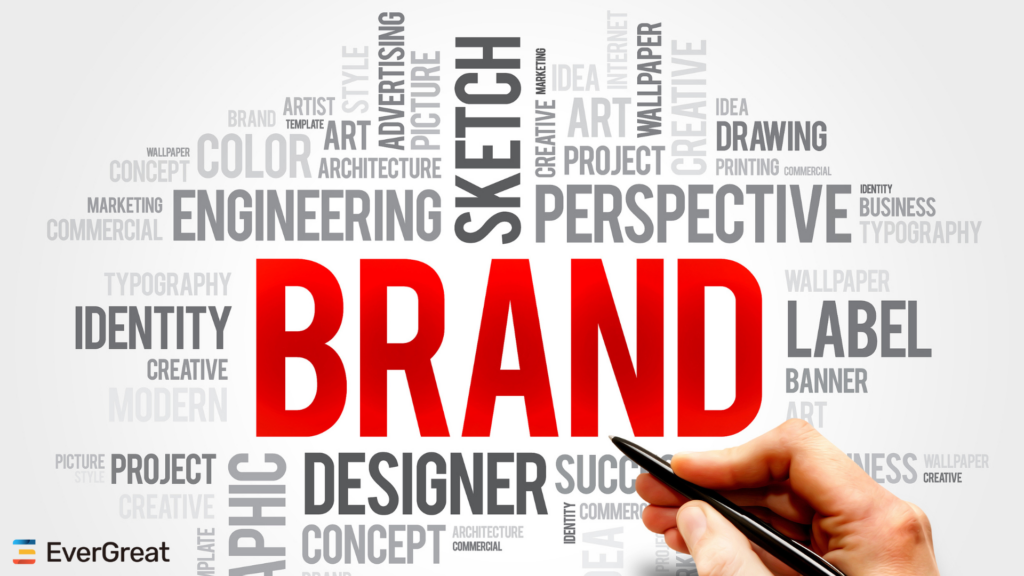Confused by countless power bank options? Picking the right one can feel impossible, leading to wasted money and frustration.
The best power bank truly depends on your specific needs: your device, your usage patterns, and your target market. For iPhone users, magnetic models are popular; high-wattage units suit fast charging; and budget-friendly options appeal to developing markets.

When clients ask me, "What’s the best power bank to buy or develop?", I always tell them there is no single answer. We must first understand your goals and who your users are. It is about finding the perfect match, not just the most expensive one.
How do importers choose the right power bank type based on their target market?
Struggling to match power banks with market demands? Choosing incorrectly means unsold stock and lost profits.
Importers must analyze their target market’s purchasing power, device preferences, and charging needs. For example, developing markets often favor simple, cost-effective models, while developed markets prefer advanced features like wireless or fast charging.

From my experience, understanding your market is the first step. I have seen many importers succeed by deeply researching their target demographic. For a developing market, affordability and reliability are key. People often need a power bank that simply works and does not break the bank. We frequently recommend models with basic charging features, good capacity, and a robust build, all at a competitive price. These models might have fewer bells and whistles, but they offer great value.
However, in more mature markets, the game changes. Here, convenience, speed, and specific features drive sales. For instance, my clients selling in regions with high iPhone penetration find huge success with magnetic power banks. Since Apple reintroduced MagSafe with the iPhone 12, including it in every model up to the iPhone 15 Pro Max, magnetic power banks offer a seamless, wire-free charging experience that users love. MagSafe uses magnets to align the charger with the charging coil, improving power transfer and enabling accessories to snap on securely. Similarly, for consumers who demand quick top-ups for their laptops or high-end smartphones, high-wattage power banks are essential. They provide rapid charging, making them a premium choice. I advise importers to look at local trends, device ownership, and common charging habits.
Here is a simple breakdown I often share with clients:
| Market Type | Key Driver | Preferred Power Bank Features |
|---|---|---|
| Developing Markets | Value, Durability | Basic functionality, good capacity, low cost, simple design |
| Developed Markets | Convenience, Speed | MagSafe-compatible, wireless charging, high wattage, slim design, advanced safety features |
| Niche Markets | Specific Needs | Rugged/waterproof, solar charging, built-in cables |
I always encourage clients to consider what problem they are solving for their end-users. Are they offering a budget solution or a premium experience? This question guides all our product development discussions.
What power bank specifications should brand owners prioritize when developing a new model?
Developing a new power bank and unsure about specs? Wrong choices can lead to a product that nobody wants.
Brand owners should prioritize specifications based on their target user’s device, usage, and market position. Focus on capacity (mAh), charging speed (Watts), charging type (wired/wireless), and portability to meet user demands effectively.

When I work with brand owners, we dive deep into their vision for a new model. The core of this discussion revolves around prioritization. It is not about packing every feature into one device. It is about selecting the right ones. For instance, if your brand targets users who travel a lot, portability and capacity become very important. A slim, lightweight power bank with decent capacity, perhaps 10,000mAh, makes more sense than a bulky 20,000mAh unit.
On the other hand, if your brand aims for tech enthusiasts or professionals, charging speed and wattage are non-negotiable. I have seen success stories with power banks offering 45W or even 65W output, capable of charging laptops or multiple devices quickly. Wireless charging, especially MagSafe compatibility, is another big draw for specific user segments. My team helps brands identify these crucial features. We also discuss the type of battery cells—lithium-ion or lithium-polymer—as this impacts size, weight, and safety. For instance, lithium-polymer allows for slimmer designs, since Lithium Polymer batteries (LiPo) can be manufactured in a variety of shapes and sizes, offering design flexibility.
We also consider safety certifications. For example, CE, FCC, and RoHS are standard requirements, but sometimes UL certification offers an extra layer of trust, especially in certain markets. For brand owners, getting these right from the start saves a lot of headaches later. CE marking indicates conformity with European health, safety, and environmental protection standards. FCC certification confirms that the device complies with the regulations of the Federal Communications Commission in the United States, ensuring minimal harmful interference. RoHS compliance restricts the use of hazardous materials in electrical and electronic equipment. My clients often want to know if they should use a Type-C input/output or stick with older USB-A ports. The answer often depends on market maturity and device trends. I generally recommend future-proofing with Type-C, as it offers faster speeds and wider compatibility. USB-C offers advantages in terms of speed and versatility due to its reversible connector and support for various protocols like USB Power Delivery (PD).
Ultimately, the best specifications build a product that aligns perfectly with your brand story and customer expectations. We look at the total user experience.
Which power bank types offer the best balance between cost and performance for bulk OEM orders?
Seeking the ideal cost-performance balance for OEM power banks? Choosing poorly impacts profit margins and customer satisfaction.
For bulk OEM orders, power banks with a mid-range capacity (around 10,000mAh) and standard wired charging (10-18W) often strike the best balance between cost and performance. These models offer broad appeal and reliable functionality at a competitive price point.

This is a question I address with many of our OEM clients at EverGreat. Finding the sweet spot between cost and performance is crucial for bulk orders. You want a product that sells well, offers good value to the end-user, and maintains healthy profit margins for your business. In my experience, the simplest, most efficient designs often win in this category.
We often guide clients towards power banks with moderate capacities, typically 5,000mAh to 10,000mAh. These capacities are sufficient for most everyday users—enough for a full phone charge or two—without driving up the cost of battery cells significantly. When it comes to charging technology, standard wired charging (e.g., 5V/2A or Quick Charge 3.0 up to 18W) provides reliable performance without the added expense of high-wattage PD (Power Delivery) or complex wireless charging coils. Quick Charge 3.0 is a fast charging technology that can deliver up to 18W of power.
Consider the components: opting for well-established, reliable ICs (integrated circuits) and battery cells from reputable manufacturers, rather than cutting-edge but expensive new tech, helps manage costs. I also advise clients to prioritize robust casing materials over premium finishes if the budget is tight, as durability offers long-term value. We also look at the design simplicity. Fewer complex parts mean lower manufacturing costs and less chance of defects.
Here is a general cost-performance matrix I use:
| Feature/Spec | Low Cost / Good Performance (OEM Sweet Spot) | High Cost / High Performance |
|---|---|---|
| Capacity | 5,000mAh – 10,000mAh | 20,000mAh+ |
| Charging Speed | 10W – 18W (Standard USB, QC3.0) | 45W – 100W (PD, PPS) |
| Charging Type | Wired (USB-A, USB-C) | Wireless (Qi, MagSafe), built-in cables |
| Materials | ABS plastic, basic finishes | Aluminum, tempered glass, premium textures |
| Features | Basic safety, LED indicators | Digital display, pass-through charging, app control |
My team helps clients navigate these choices, ensuring they get a product that meets quality standards (which is our core promise at EverGreat) while staying within their budget for large-scale production. It is about smart compromises that do not sacrifice core functionality or safety.
Conclusion
Choosing the best power bank is about aligning its features with specific needs. Consider your target market, user device, and budget to find the perfect fit.









